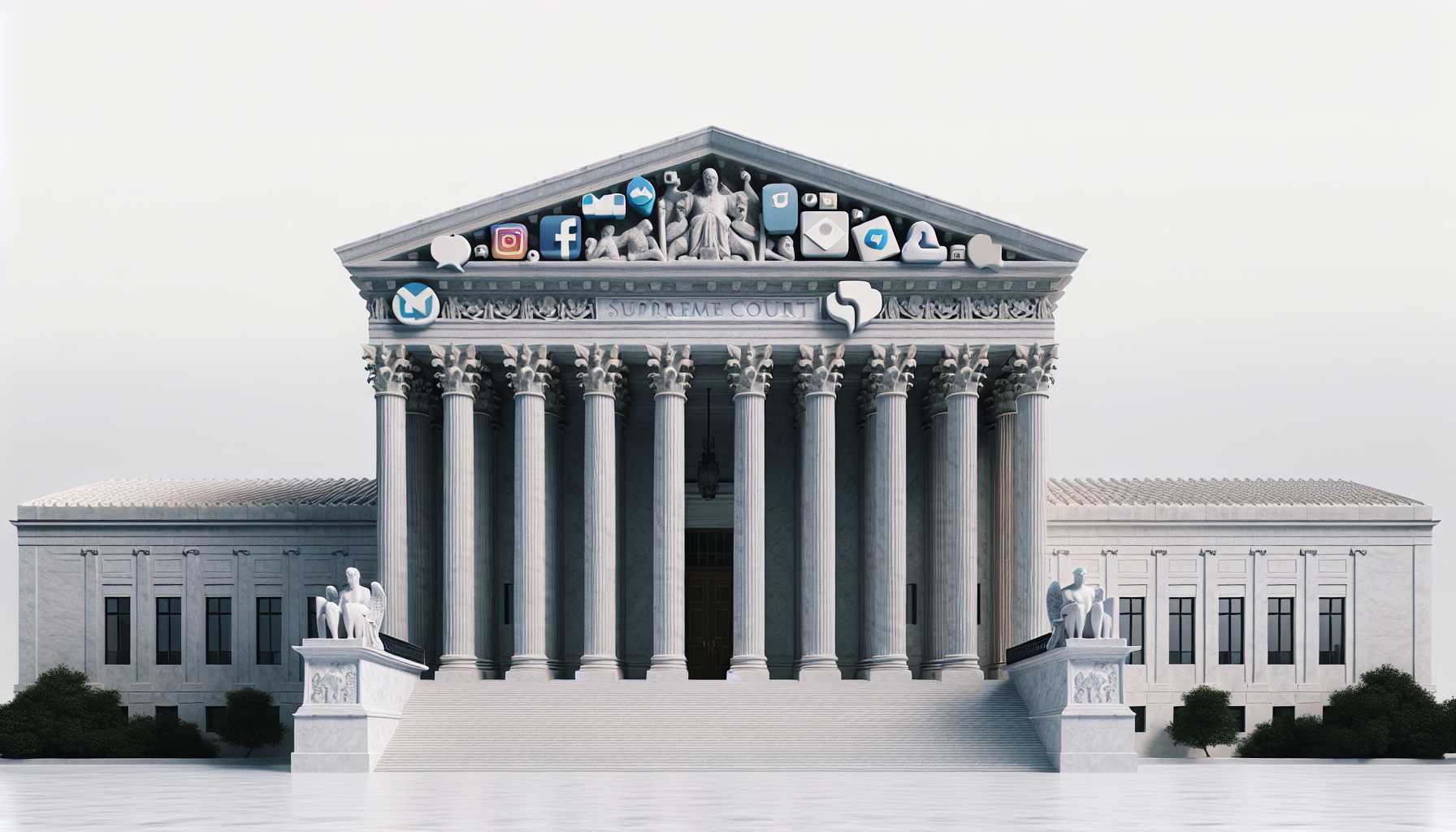The Grave Threats Lurking Behind Popular Remote Access Tools
Remote work has become the new normal, and with it, the use of remote-access tools has skyrocketed. Our ease of access, however, has opened the doors to a sinister world where cyber vulnerabilities are as rampant as the usage of these tools. Among these is ConnectWise ScreenConnect, a widely used remote-access software that has positioned itself in the eye of a cyber-storm. Security outfits like Mandiant and WithSecure have sounded the alarm: ConnectWise harbors not one, but two grievous security flaws—CVE-2024-1709 and CVE-2024-1708—that hackers are now exploiting voraciously. The simplicity in bypassing authentication and the ability to trail through paths undeterred spells out a recipe for data theft and ransomware deployment. Despite patches being released, the lag in updates persists, putting hundreds of thousands of devices at risk. This concerns each of us, as the privacy and integrity of a million companies hinge on the rectification of such oversights.
An Unsettling Reality: When Cybersecurity Giant Stumbles
The tech ecosystem often portrays cybersecurity firms as omnipotent guardians against digital threats. However, the ConnectWise debacle paints a different picture, stirring an unsettling question: What happens when the protector falls prey to the very pitfalls they’re meant to guard us against? Patching is a prevention mantra chanted throughout the industry, yet here we stand, witnessing a mass exploitation of vulnerabilities within weeks of their discovery. The LockBit ransomware gang didn’t think twice before capitalizing on these flaws, emphasizing the critical gap between vulnerability disclosure and remediation.
Matrix of Bad Actors: Compromise and Extortion
The stage set by unpatched systems is not only about data breaches—it’s fertile ground for ransomware and extensive blackmail. Security experts reveal a chilling array of bad actors exploiting these vulnerabilities. Ransomware doesn’t discriminate; it catches big fishes and small fries alike, weaving a complex web of extortion that is tough to unravel. I applaud and share Mandiant’s denial to link these attacks to specific groups, hinting at a vast and uncharted territory of cyber threats. The intertwined presence of espionage-oriented hacking groups and opportunistic cybercriminals is a dreadful leap from individual threats to systemic hazards, which demands a unified and timely response from the entire tech community.
The Eye of the Storm: Legal Battles Over Data Privacy
Away from the direct attacks on corporate networks, the tech world witnesses an intricate dance of titans in the courts, with Meta and Bright Data headlining in a tango over data scraping. Meta’s retreat from its lawsuit against Bright Data underscores a subtle but significant reality in tech jurisprudence — the delicate balance between data privacy and the open nature of the internet. As someone knee-deep in tech nuances, it’s intriguing to watch these legal skirmishes unfold, knowing the implications they hold for big data’s role in corporate strategies, marketing, AI training and, essentially, for the future of public web data.
The David to Goliath: Darwin AI’s Entry into Conversational Assistants
Among the slingshot wielders rising to challenge technological Goliaths is Darwin AI. This up-and-comer has caught my attention, not just for what it is, but for what it represents—accessibility of AI for the smaller businesses without the IT muscle power. Darwin’s AI assistant is a monumental step towards democratizing AI for businesses in Latin America. Youthful enterprises like Darwin are evangelists for AI, bringing to light a brighter future where Davids not only face Goliaths but stand shoulder to shoulder with them in the tech coliseum.
Generative AI: A Double-Edged Sword in Today’s Cybersecurity Landscape
The Pandora’s Box that is generative AI swings the cybersecurity pendulum with an ambivalent force. Indeed, many CEOs per PwC’s survey, view generative AI as a harbinger of cyber threats, potentially escalating phishing and voice farming to unprecedented precision and authenticity. In tandem, companies like Palo Alto Networks are crafting AI-powered arsenals to mitigate these evolving threats. The dialectic nature of AI—the simultaneous catalyst for threat and defense—encapsulates the tech age conundrum that we, as industry leaders, must navigate with a mix of dread and optimism.
Fact-Checking the Tech Titans: When AI Clashes with Reality
In an ironic twist, X’s Community Notes, a tool designed for credibility, found itself contesting none other than Elon Musk. The tension between Musk’s outspoken criticisms and a contradictory fact-check underscores the complexities and limitations of AI-driven content moderation. This confrontation between human perspective and algorithmic neutrality sparks an essential conversation on the reliability of AI as an arbiter of truth. As a tech enthusiast, the push and pull between Musk’s visions and AI’s grounded applications is a performance I watch with both scrutiny and enthusiasm.
Vanishing Wishlists: The Unseen Digital Ecosystem Casualties
Users of Xbox’s wishlist feature were in for a peculiar disruption as their carefully curated game selections vanished into the void of tech gremlins. These glitches remind us that, often, it’s the tiny cogs in the wheel—features we take for granted—that nurture the consumer-tech relationship. Such bugs not only rupture user experiences but can also have tangible consequences on market dynamics and trust in digital vendors.
The Election Meddler: AI’s Deepfake Dilemma
As the UK gears for elections, deepfakes have emerged as digital specters capable of political manipulation. Home Secretary James Cleverly’s cautionary words ring with a gravity that the tech community should heed. Preparing for AI’s misuse in swaying elections is no longer dystopian fiction but a pressing civic duty. The tech sector’s role in fortifying digital defenses against such subversions of democracy is paramount and urgent.
Free Speech vs Regulation: The Supreme Court’s Pivotal Social Media Cases
As the Supreme Court deliberates the fate of social media content moderation laws from Florida and Texas, the balance between free speech and state regulation stands precariously on a legal fulcrum. How these cases pan out could reshape the social media landscape and redefine the rights of digital platforms versus the prerogatives of state powers. The tech community watches with bated breath, knowing these verdicts could ripple out to touch every corner of our digital lives.
HIPEs: The Word Game Entwining Puzzles with Academic Pursuits
On a lighter note, let’s take a breather from the heady game of tech news and reflect on HIPEs, a playful mental exercise that landed its creator, Peter Winkler, in Harvard. It’s a gentle reminder that even in a world disrupted by digital innovation, there’s an undying charm in the simplicity of a good puzzle or game—one that draws the curious and sharpens the mind.
In the vast and vibrant tapestry of tech, where threats loom as large as possibilities, we stand at the intersection of awe and action. As tech leaders, enthusiasts, and consumers, let’s navigate with vigilance and resolve. May the best of tech uplift us, and the worst never find an unguarded moment in our watch.










